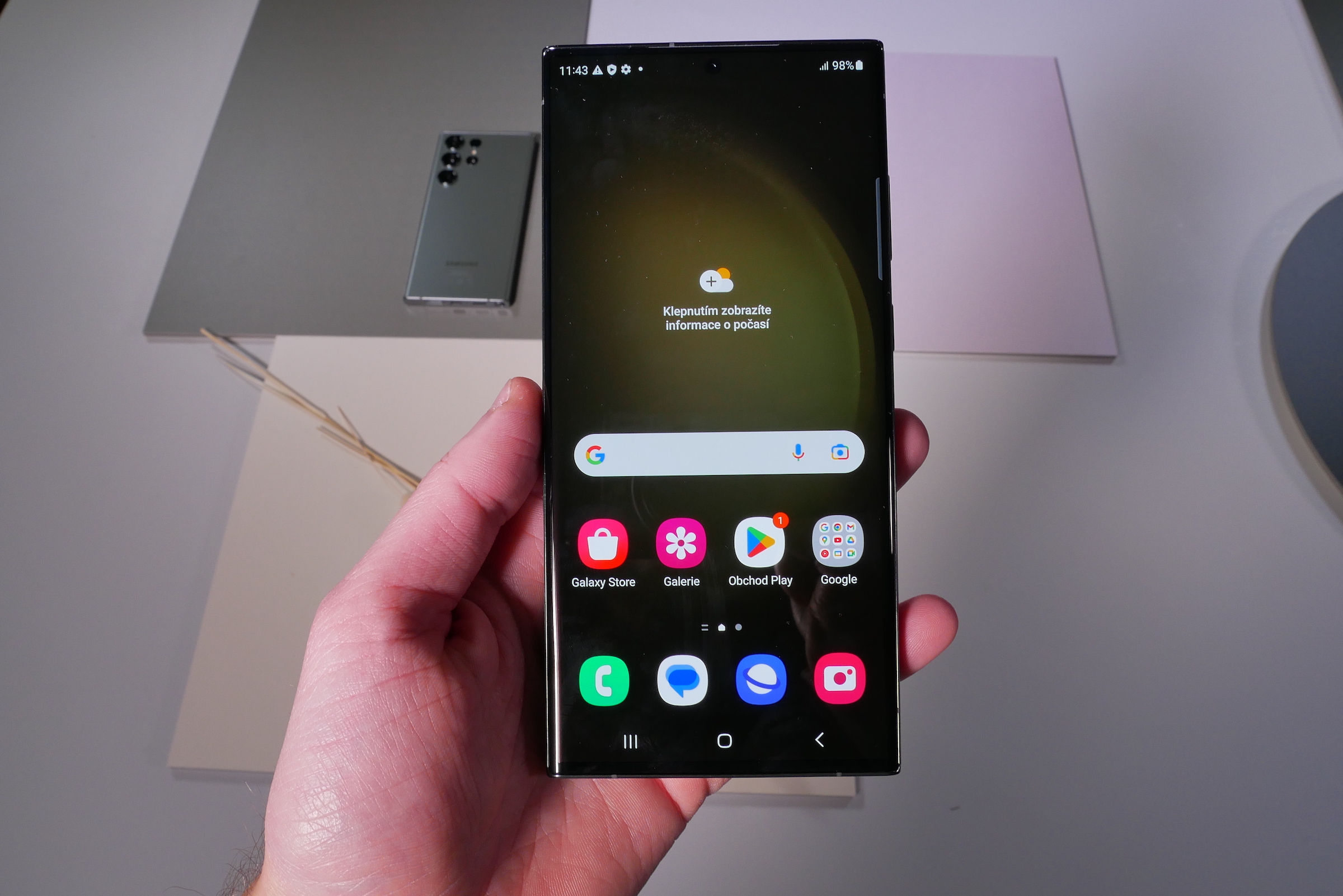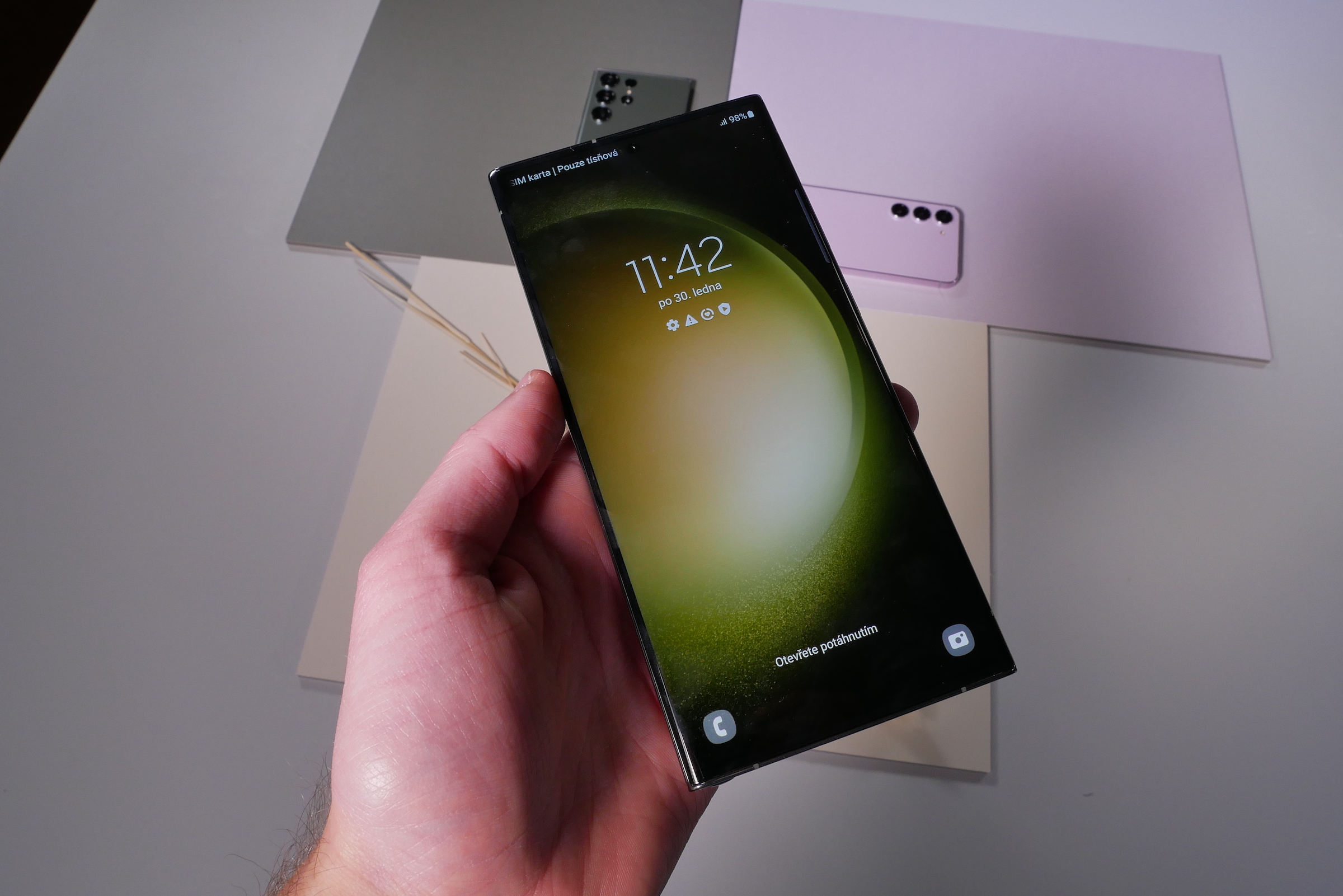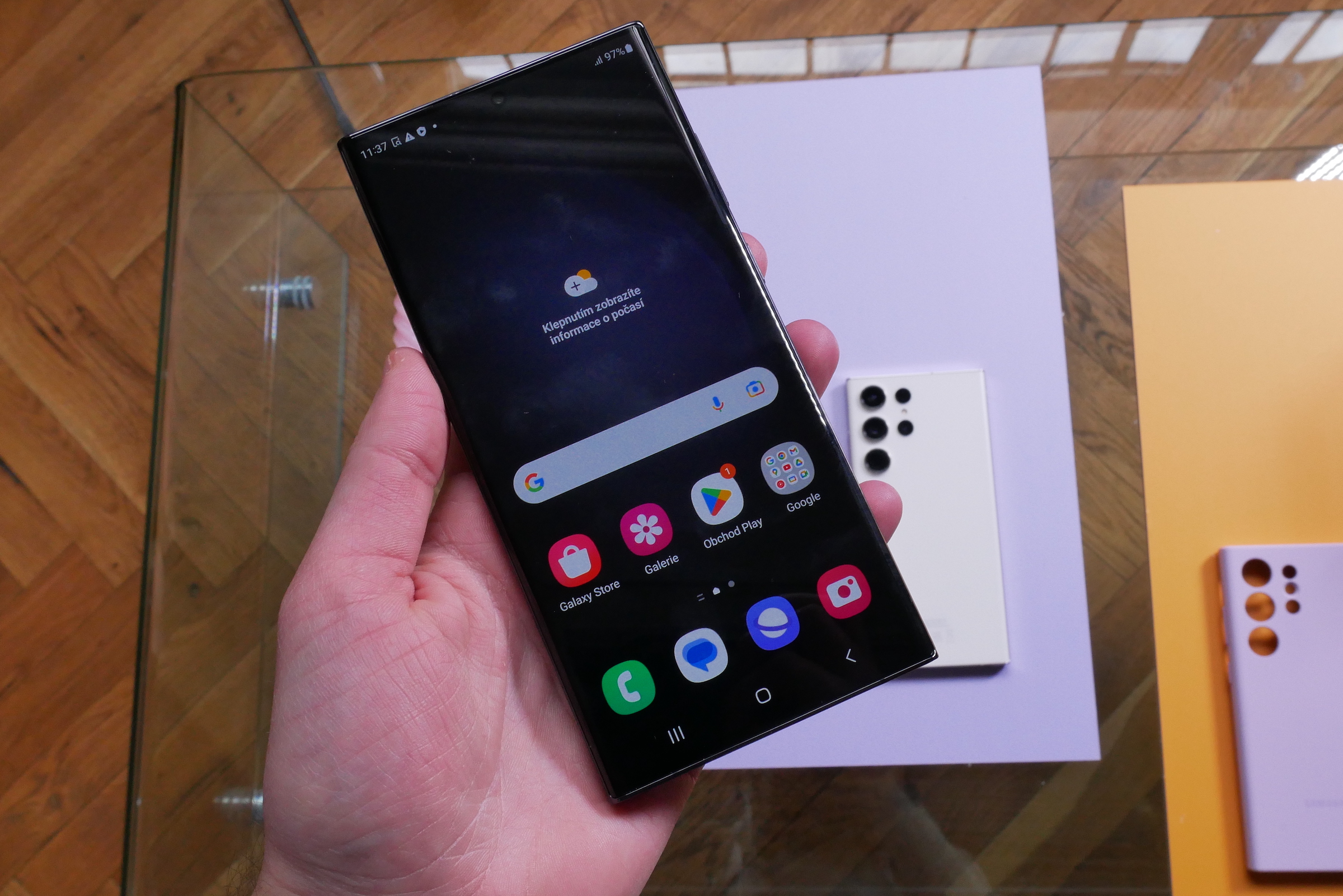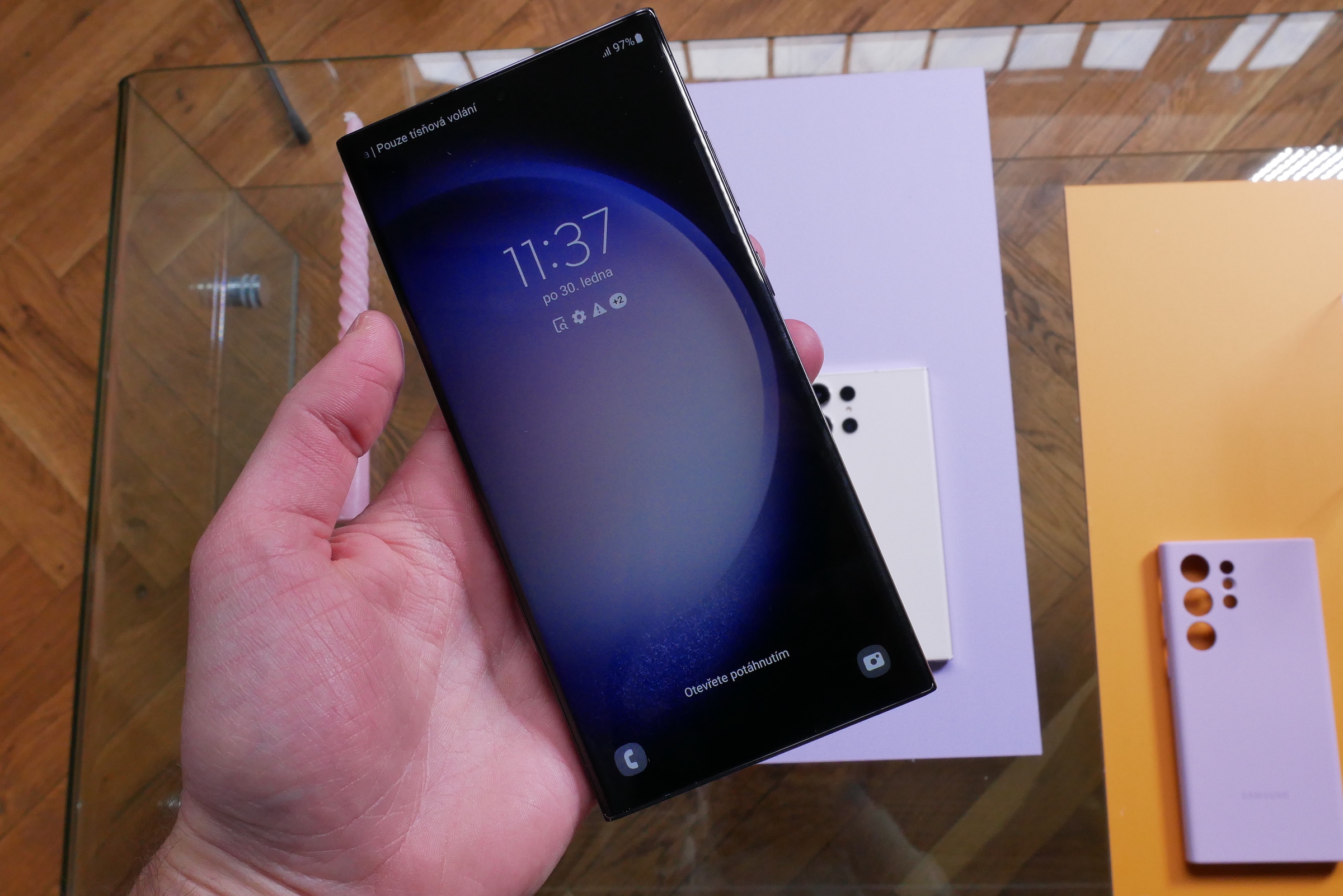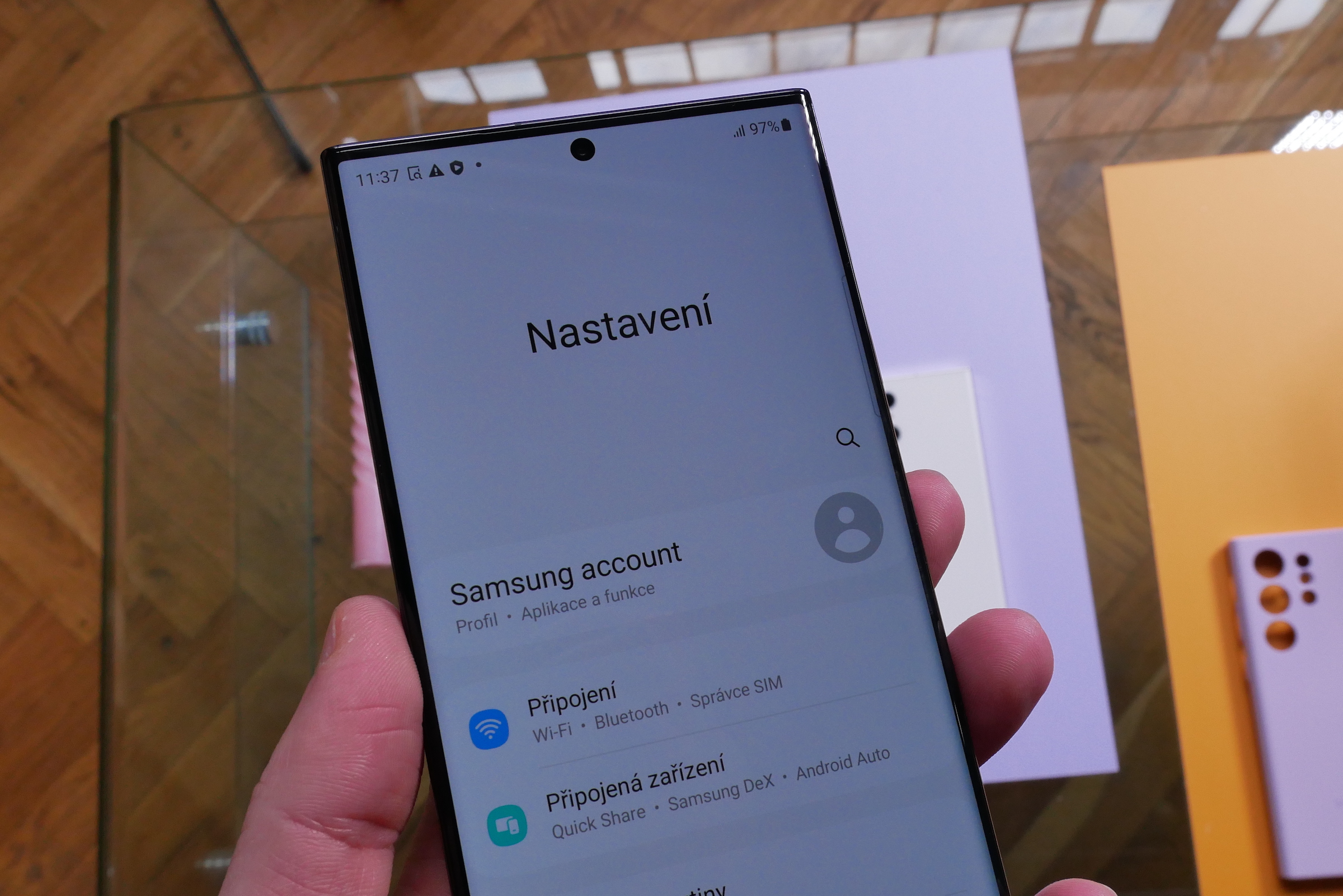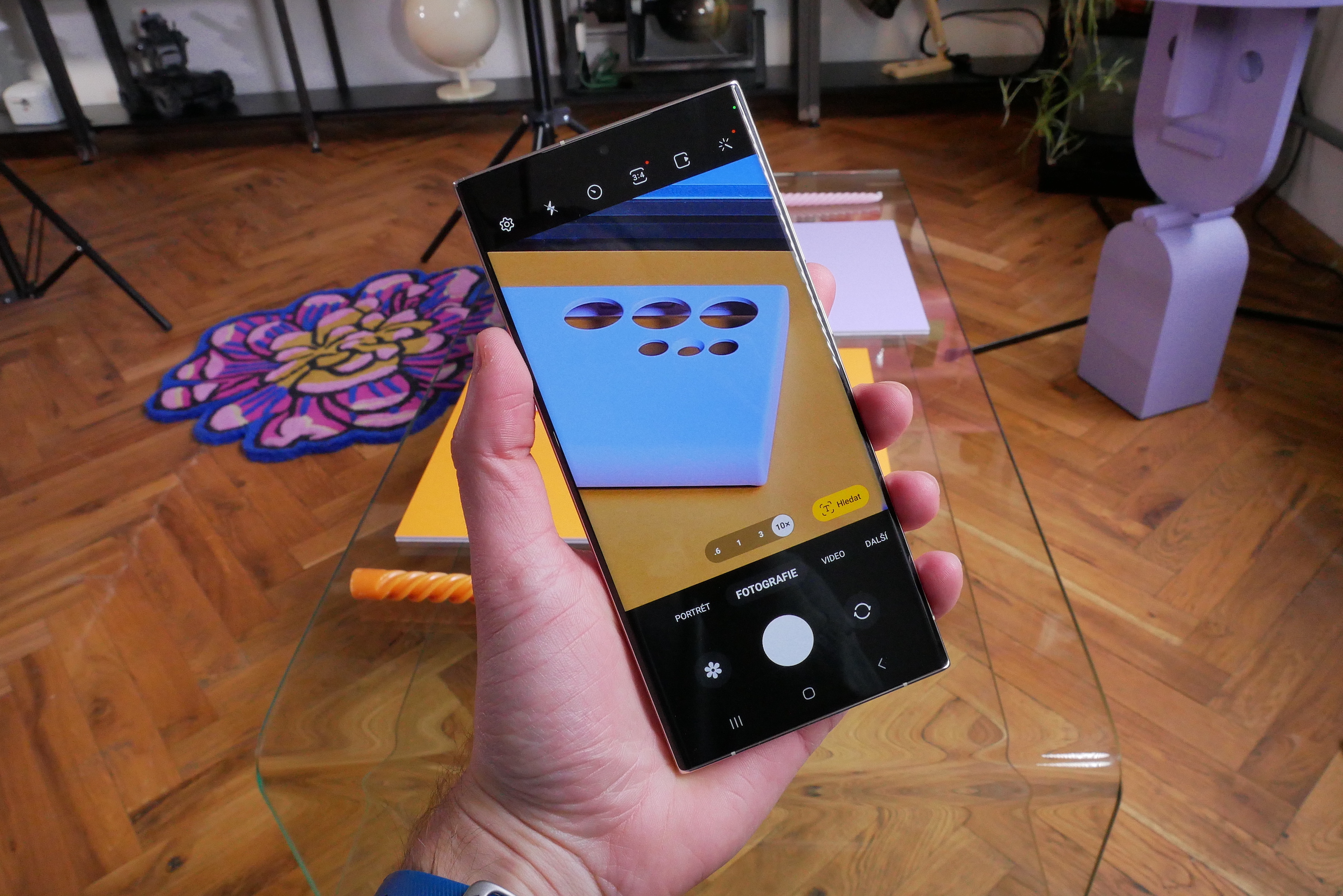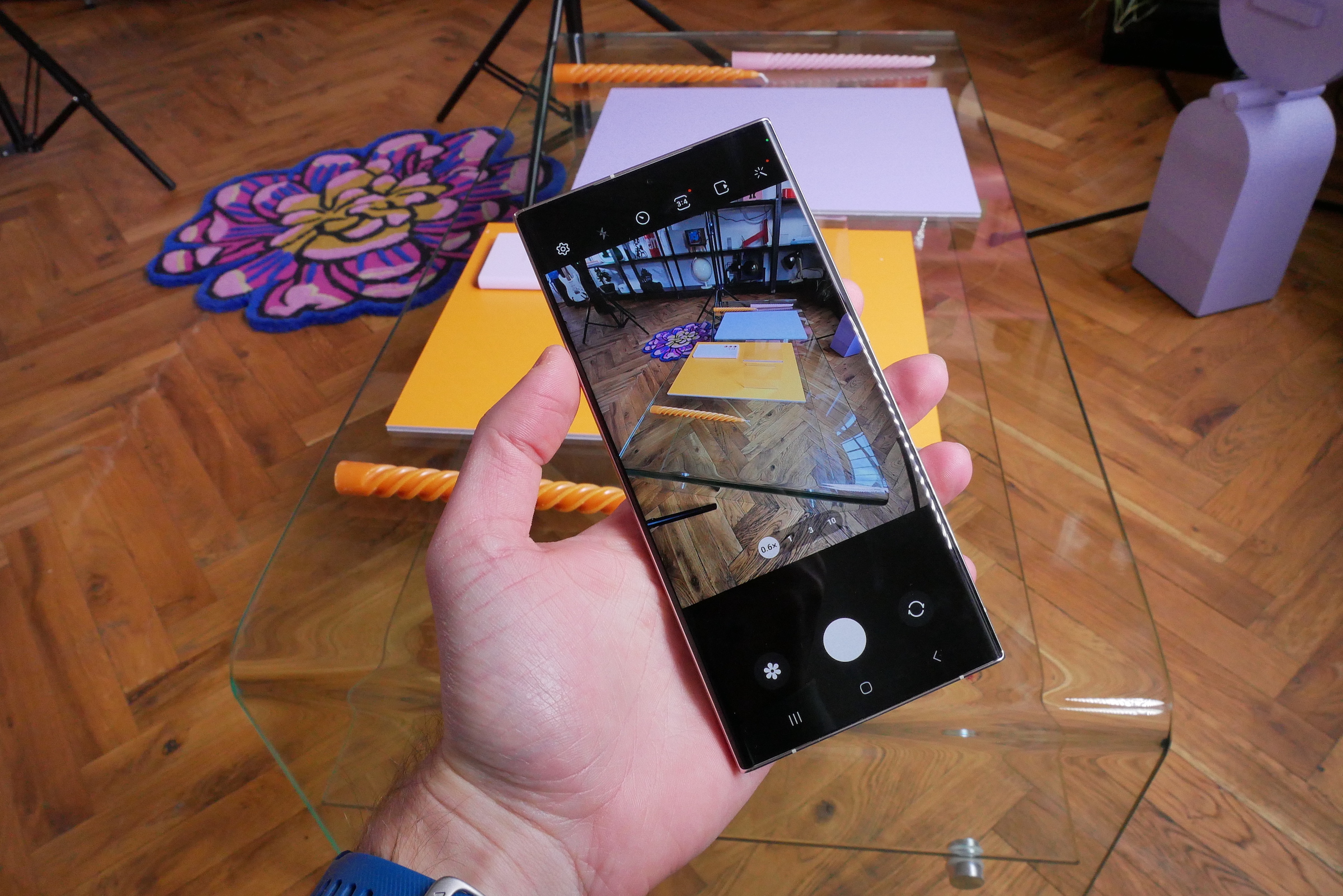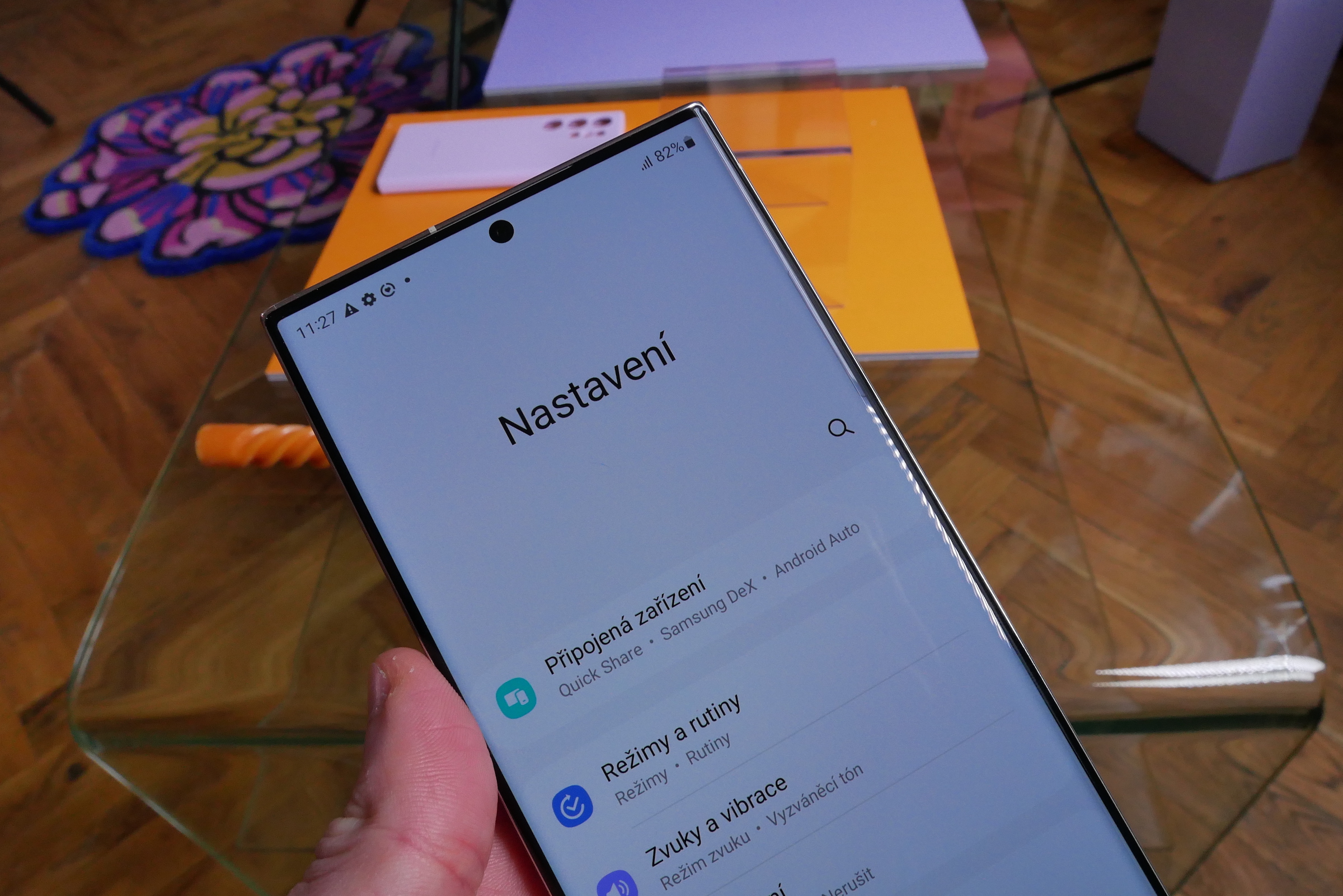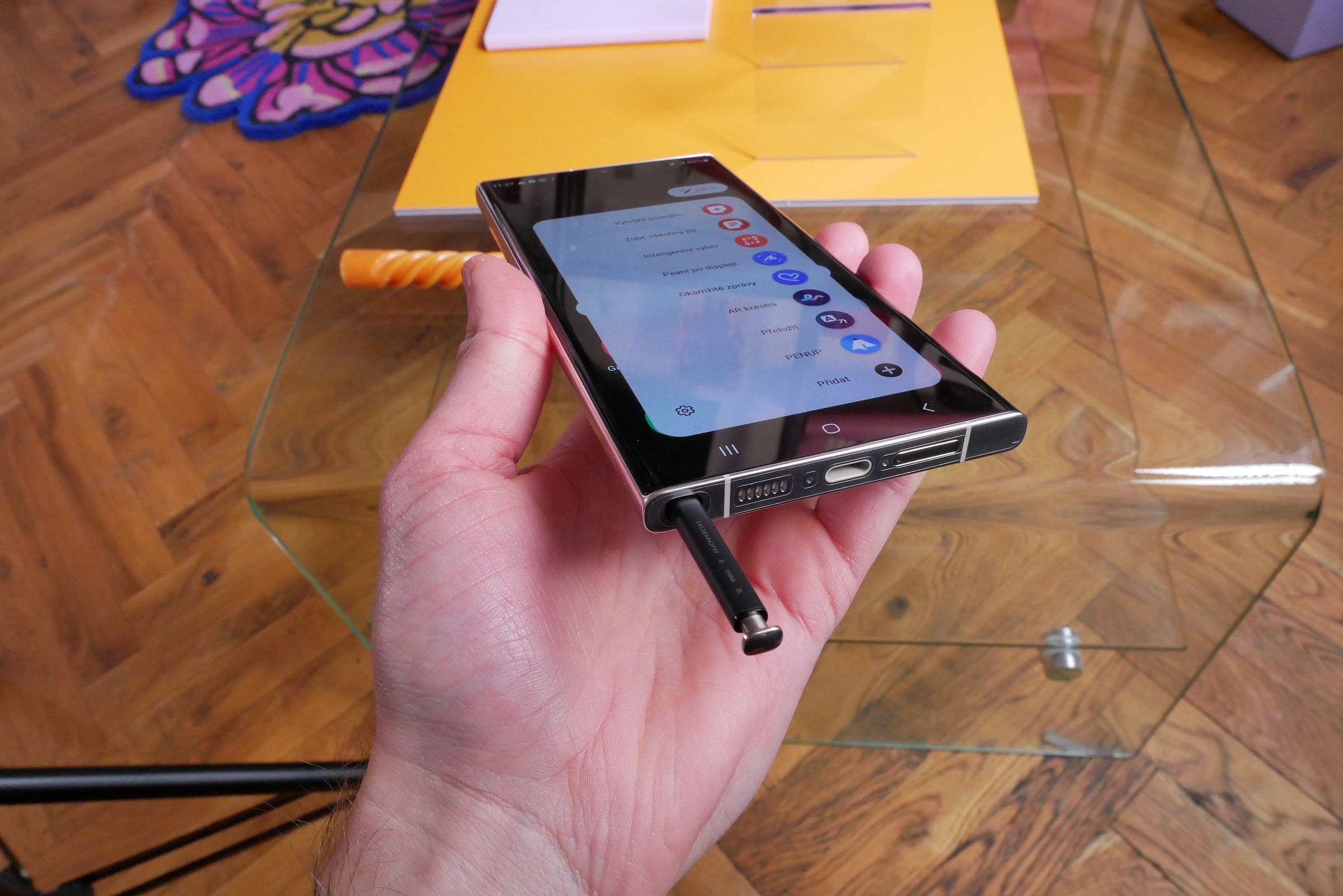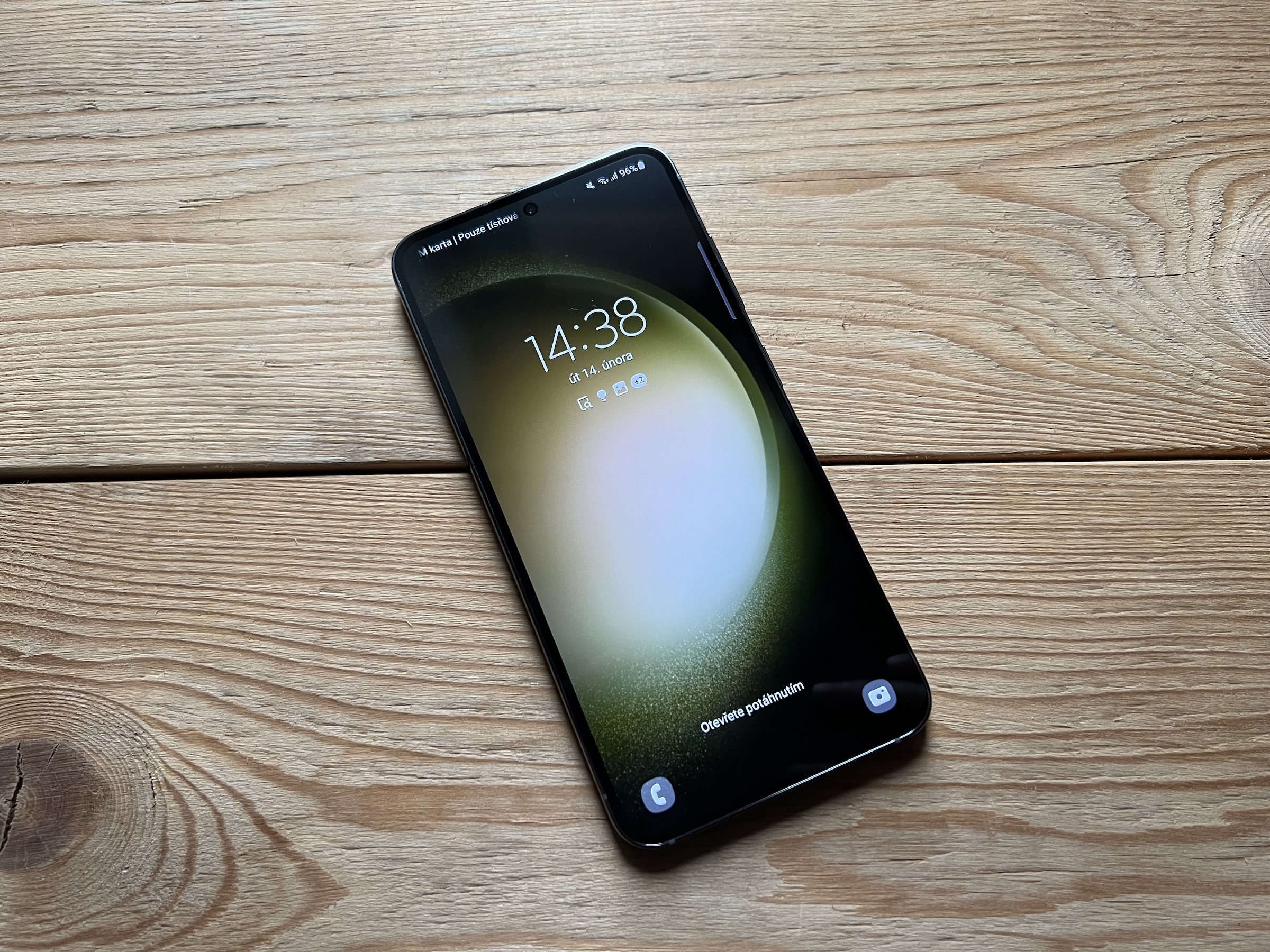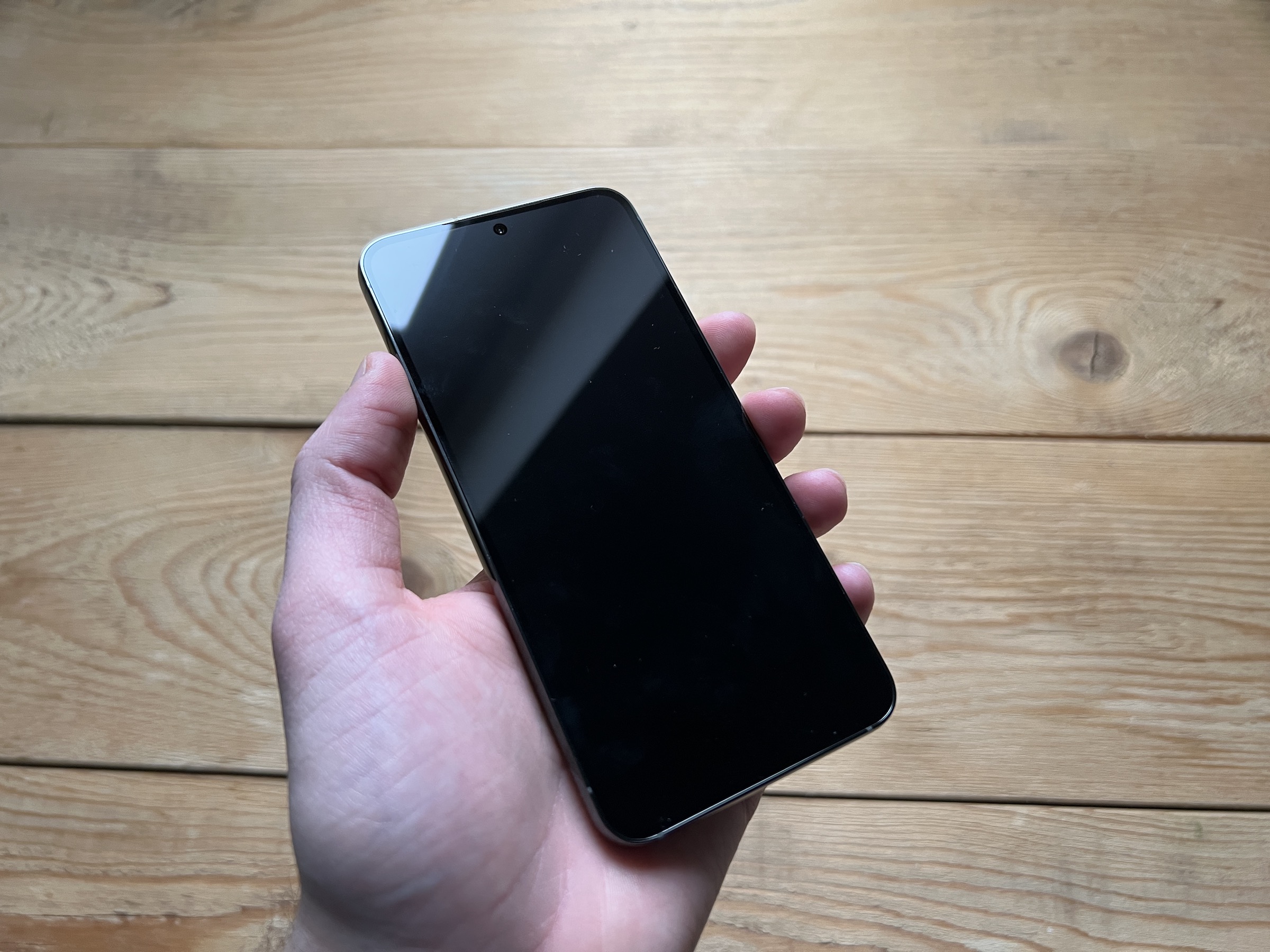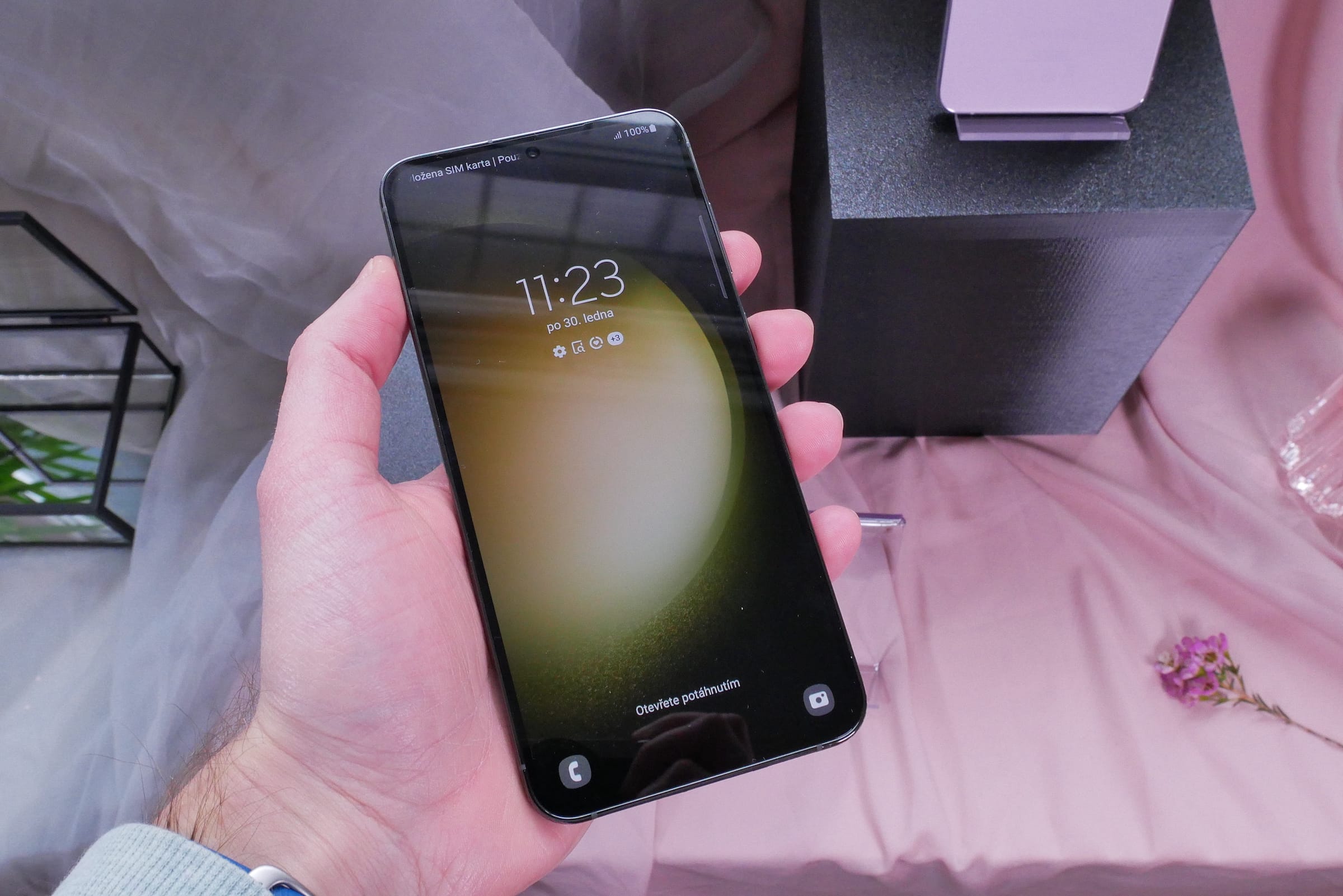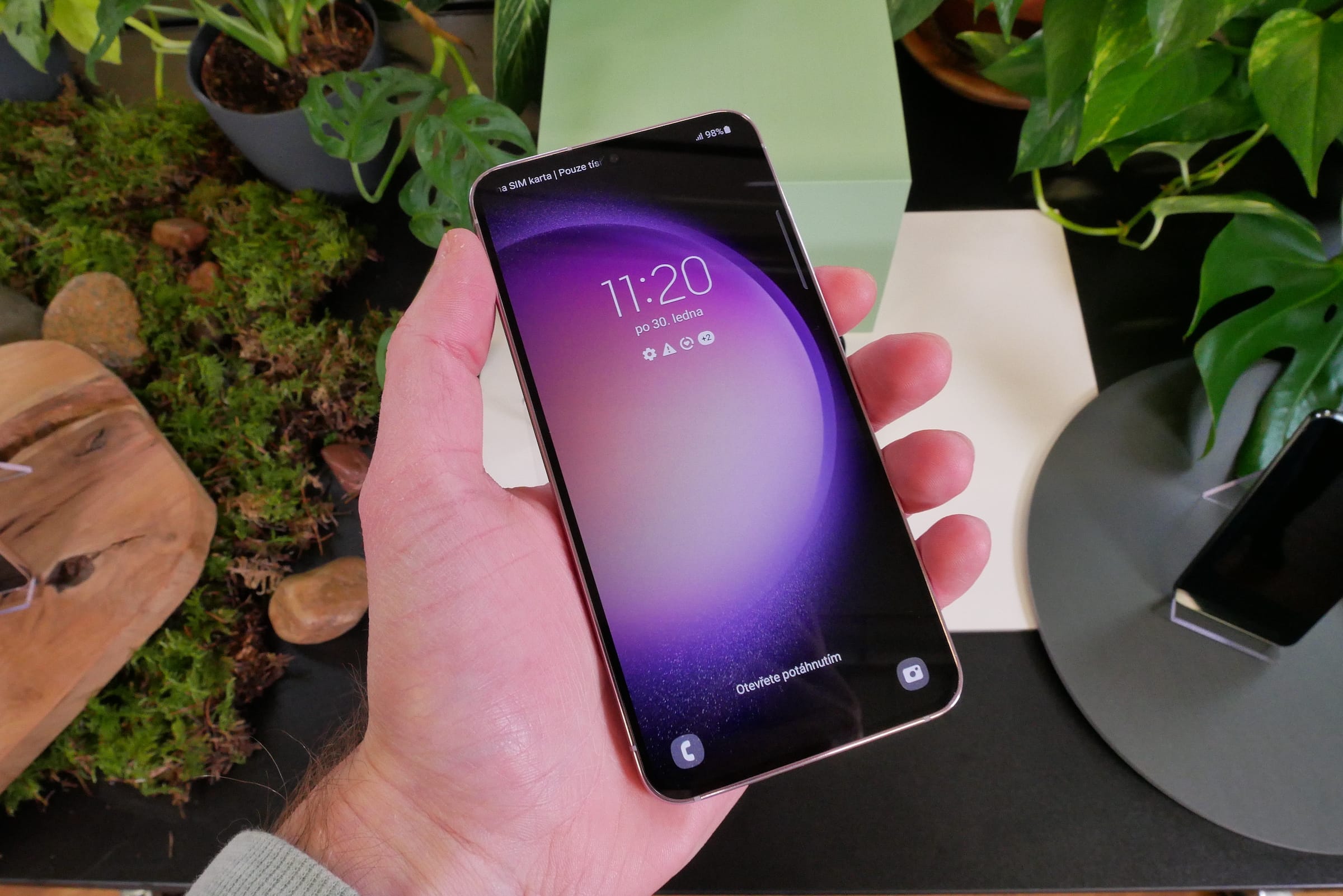Apple's iPhones are generally among the most secure devices precisely because of access to the authorization of their users. The iPhone 5S already came with a fingerprint and practically established a new trend of "unlocking" the device, when the user was no longer forced to enter any number combinations. But how is it now and what about the competition?
Apple used Touch ID in the iPhone 8/8 Plus when it introduced Face ID with the iPhone X in 2017. Although Touch ID can still be found on the iPhone SE, iPads or Mac computers, biometric verification by facial scanning is still the prerogative of iPhones, even at the cost of cutouts or Dynamic Island. But users are in favor of this limitation considering what they get for it.
Would you like an iPhone with a fingerprint reader on the back?
Just scan your finger or face once, and the device knows it belongs to you. In the case of Android phones, their fingerprint reader was most often placed on the back so that they could have a large display, which Apple ignored for years. But he didn't want to come with a reader on his back, that's why he introduced straight Face ID, and in this he ran away from many competitors in such a way that it hasn't caught up to this day.
As for the fingerprint scan, cheaper Android phones already have it located in the power button, for example, just like the iPad Air. Those expensive devices then use a sensory or ultrasonic fingerprint reader (Samsung Galaxy S23 Ultra). These two technologies are hidden in the display, so all you have to do is place your thumb on the designated area and the device will unlock. Since this user authentication is truly biometric, you can also pay with it and access banking applications, which is the difference from the simple face scan that is present.
It could be interest you
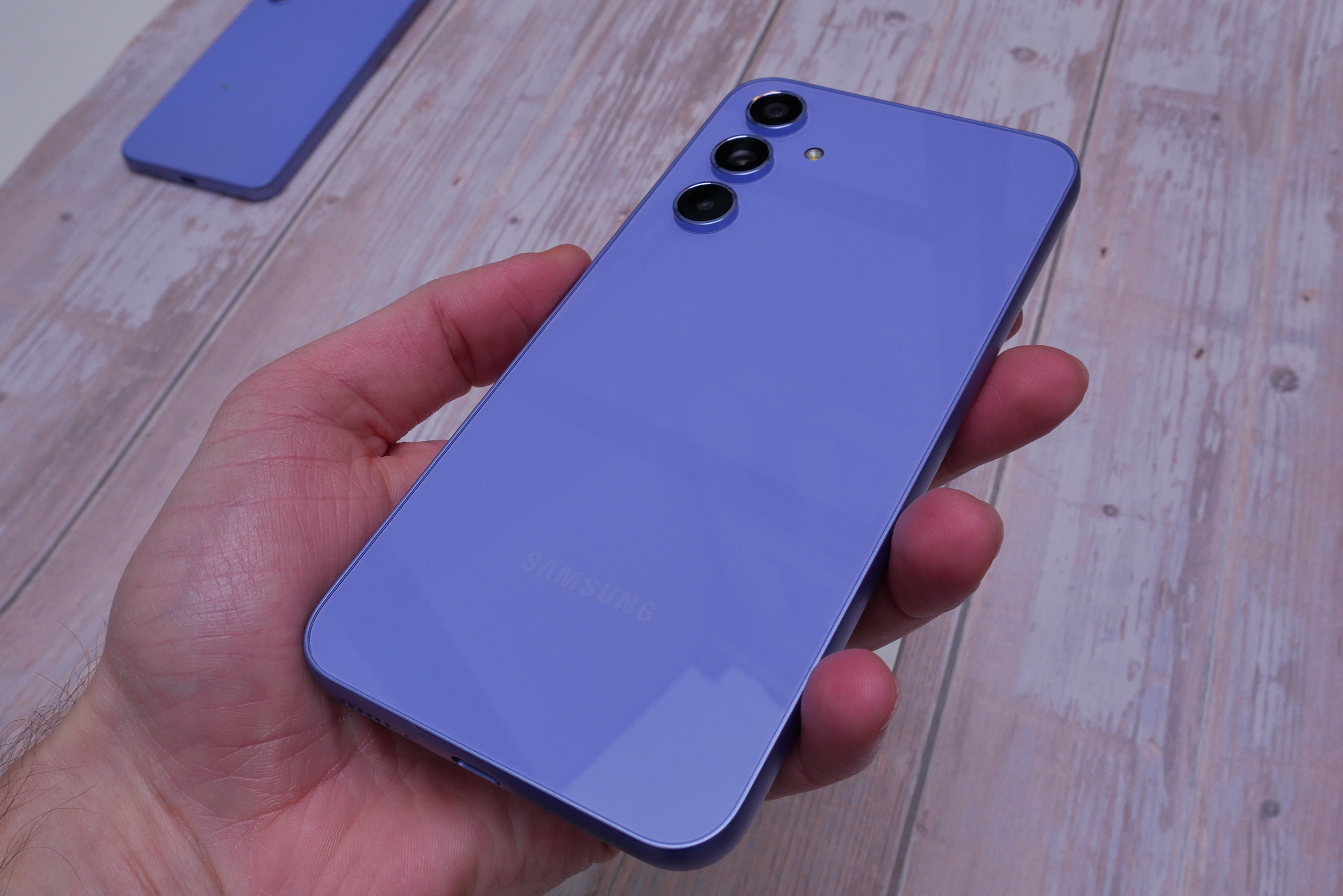
A simple face scan
When Apple introduced Face ID, of course many copied its cutout. But it was only about the front camera and at most sensors determining the brightness of the display, not about technology based on infrared light that scans the face so that we can even talk about some kind of biometric security. So a few devices could do it too, but soon the manufacturers got rid of it - it was expensive and unsightly for Android device users.
Current Androids offer face scanning, which you can use to unlock your phone, lock apps, etc., but since this technology is only tied to the front-facing camera, which is usually in a simple circular hole with no accompanying sensors, it's not biometric authentication, so for payments and to access banking applications, you will not use this scan and must enter a numeric code. Such verification is also easier to bypass.
The future is under the display
When we tested the Galaxy S23 series and, for that matter, Samsung's cheaper devices, such as the Galaxy A series, in-display fingerprints work reliably, whether they are recognized by sensor or ultrasound. In the second case, you may have some problems with the use of cover glasses, but otherwise it is more a matter of habit. iPhone owners have been used to Face ID for a long time, which over the years has also learned to recognize faces even with a mask or in landscape.
It could be interest you
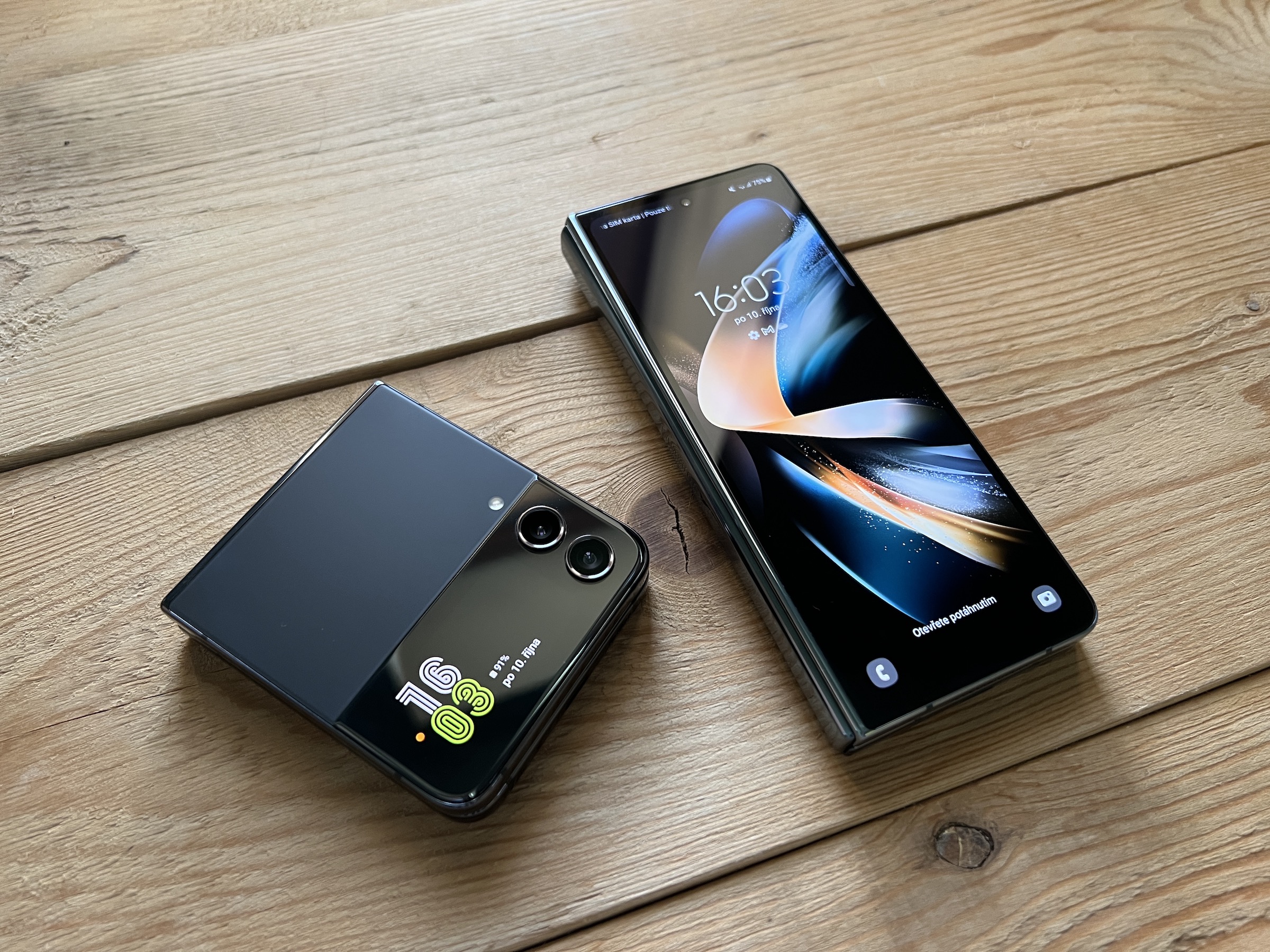
If Apple came up with some kind of fingerprint reader technology in the display, it cannot be said that it would really bother anyone. The principle of use is actually the same as with Touch ID, with the only difference being that you do not place your finger on the button but on the display. At the same time, it cannot be said that the Android solution is downright bad. The manufacturers of smartphones with the Google system simply preferred not to have unsightly display cutouts, put the cameras in the opening and the fingerprint reader in the display.
Moreover, the future is bright, even if we are talking about Apple. We already have cameras under the display here (Galaxy z Fold) and it's only a matter of time before their quality improves and sensors are hidden under it. It can be said with almost 100% certainty that when the time is right and technological progress comes, Apple will hide its entire Face ID under the display. But how they will approach the functionality of Dynamic Island is a question.
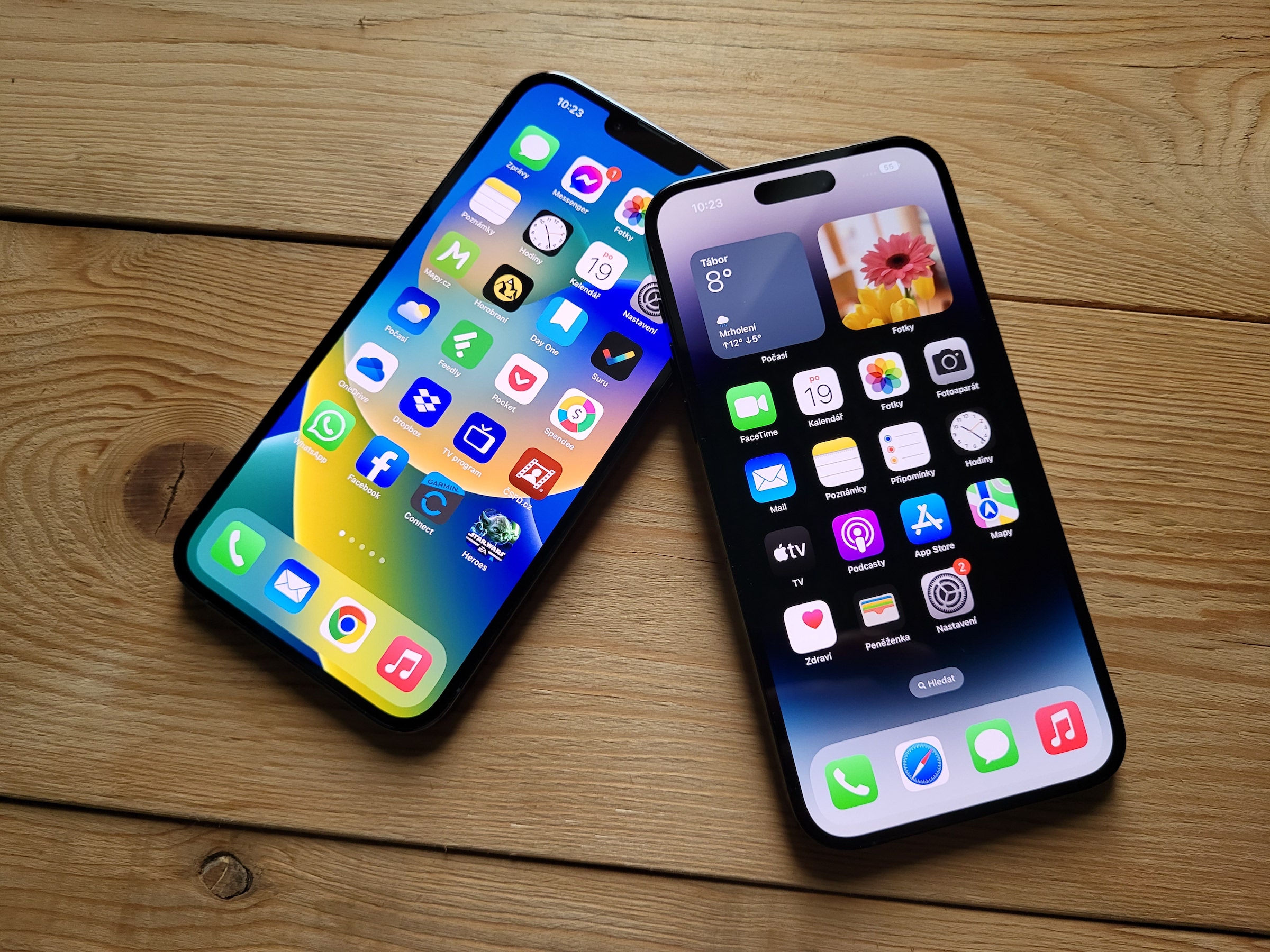
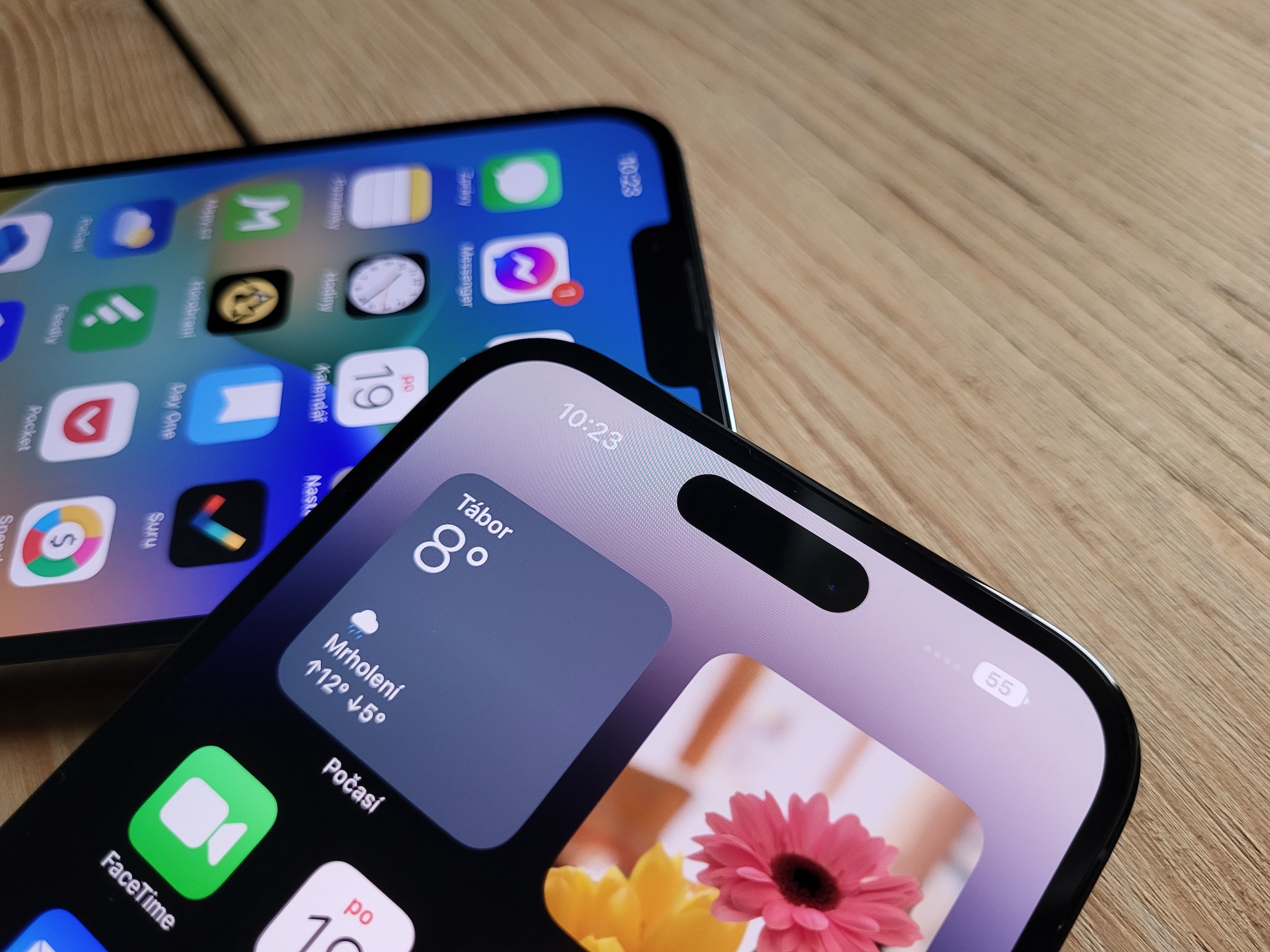
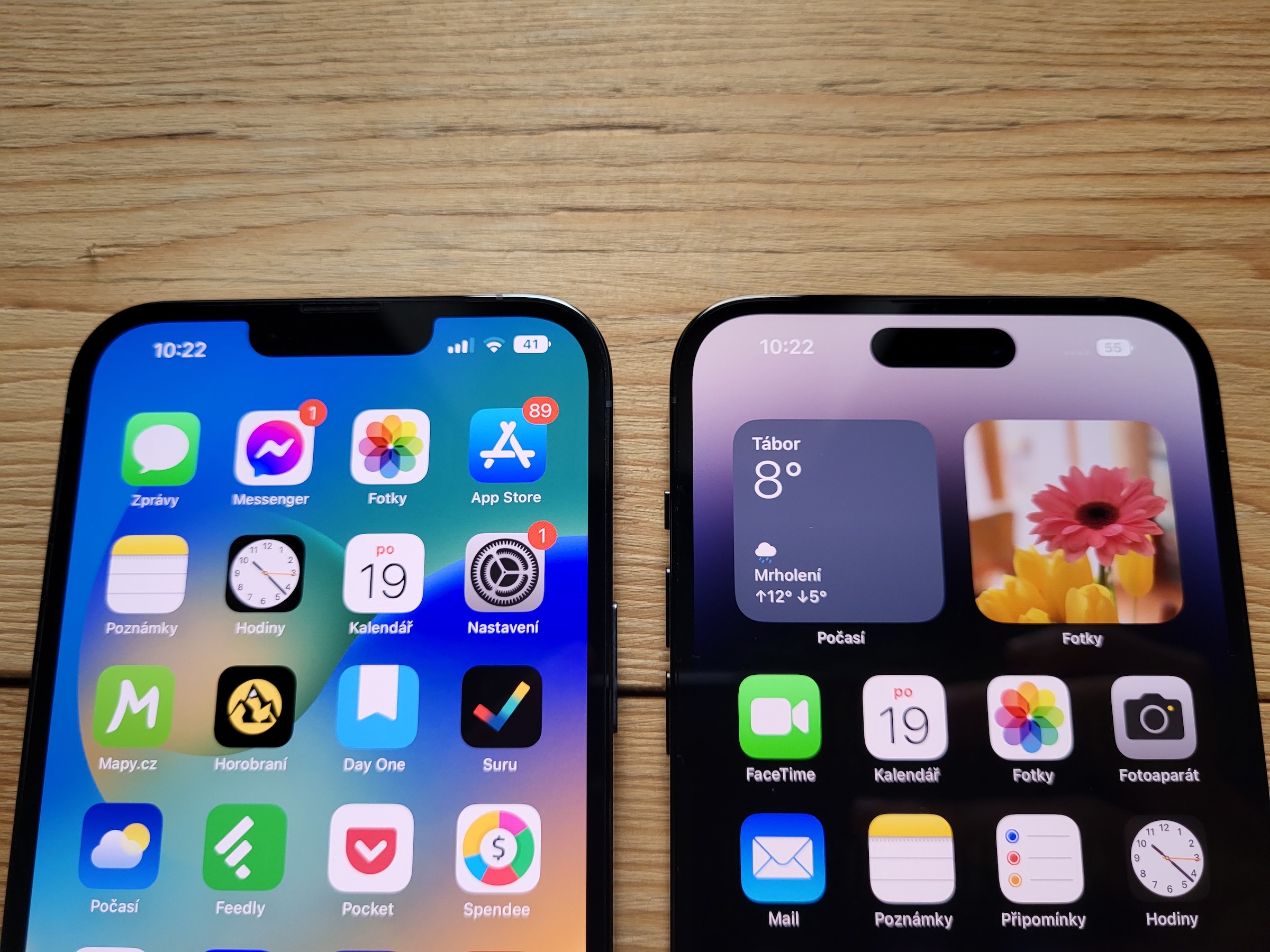
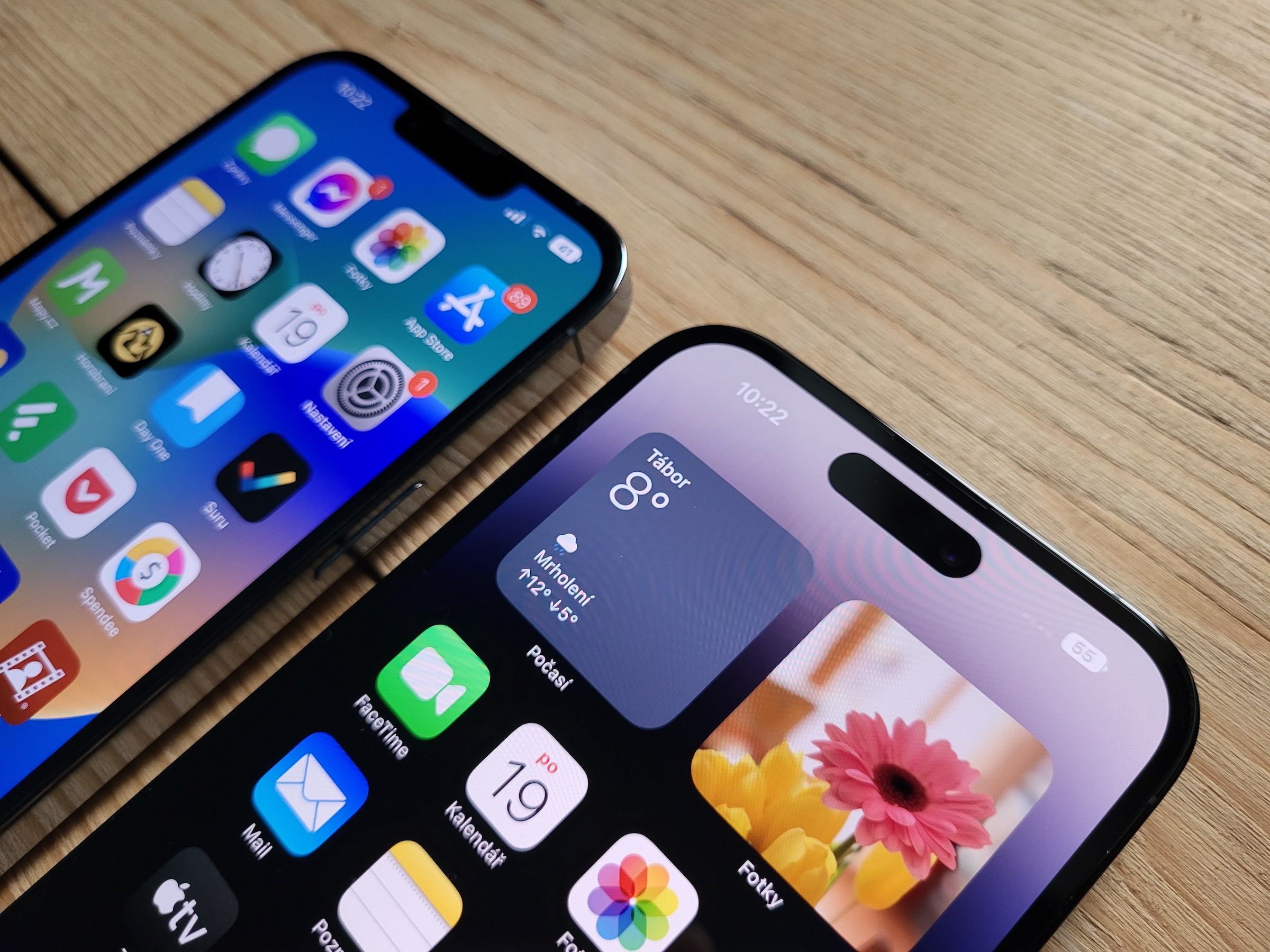

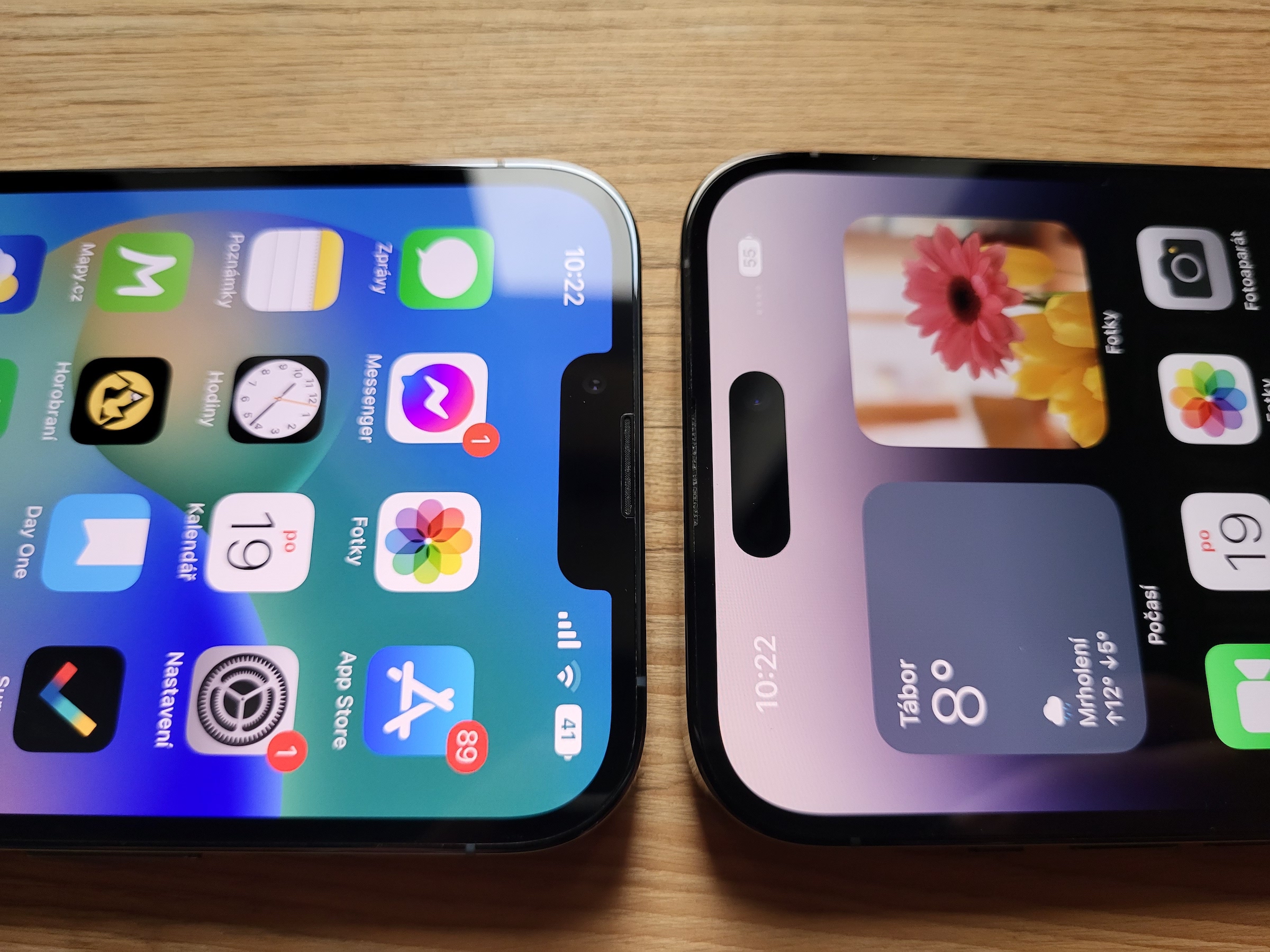
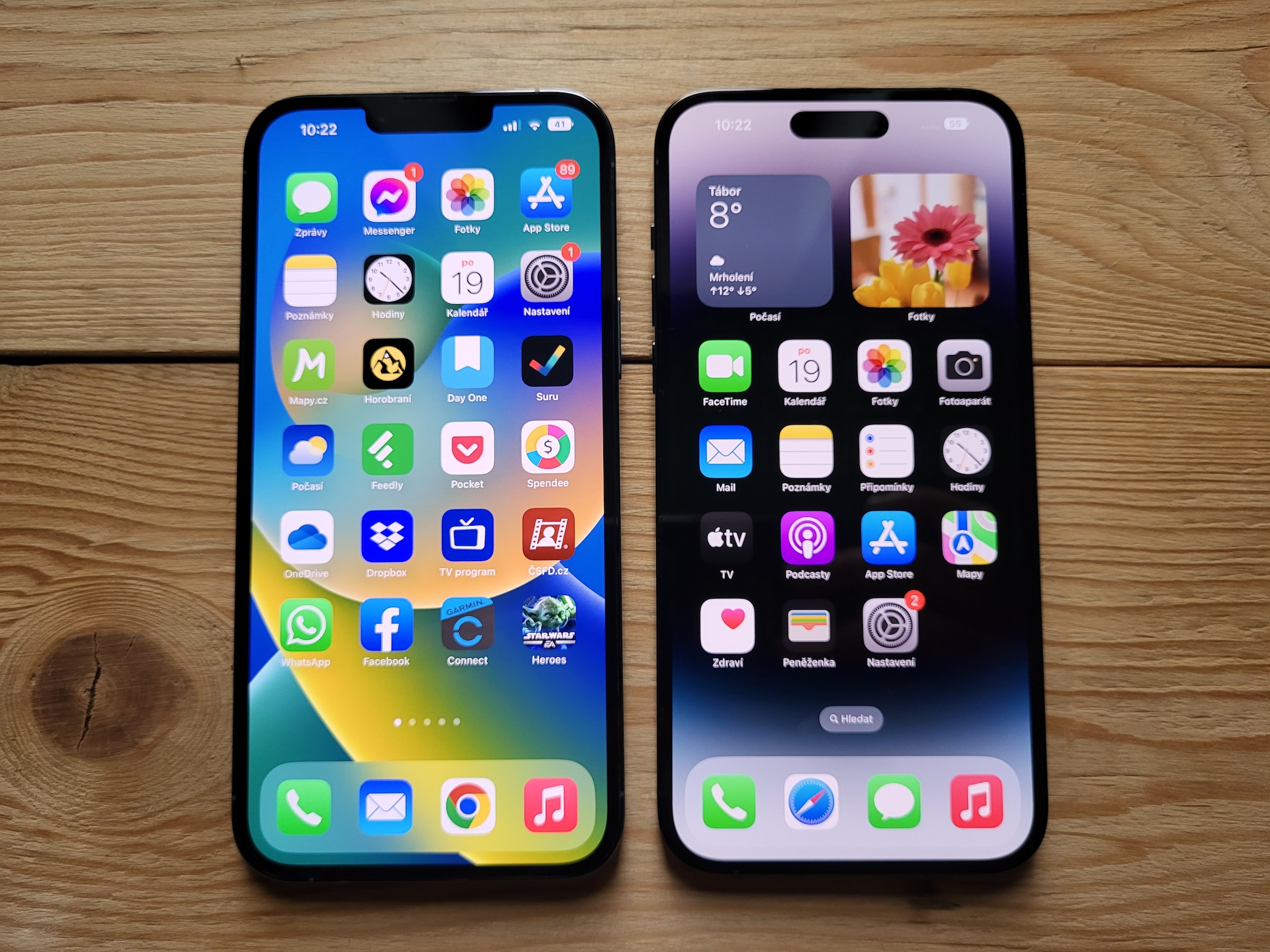
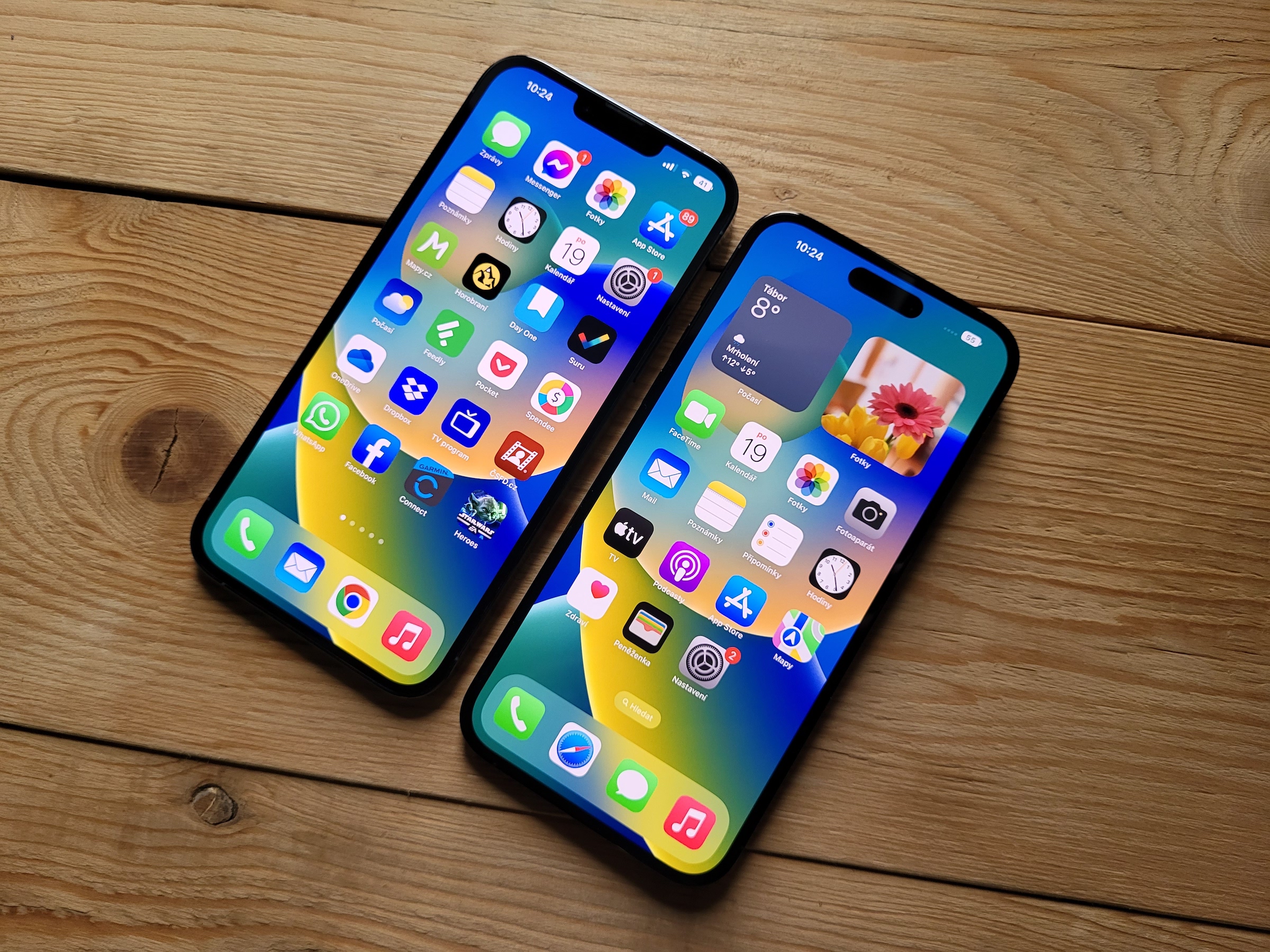
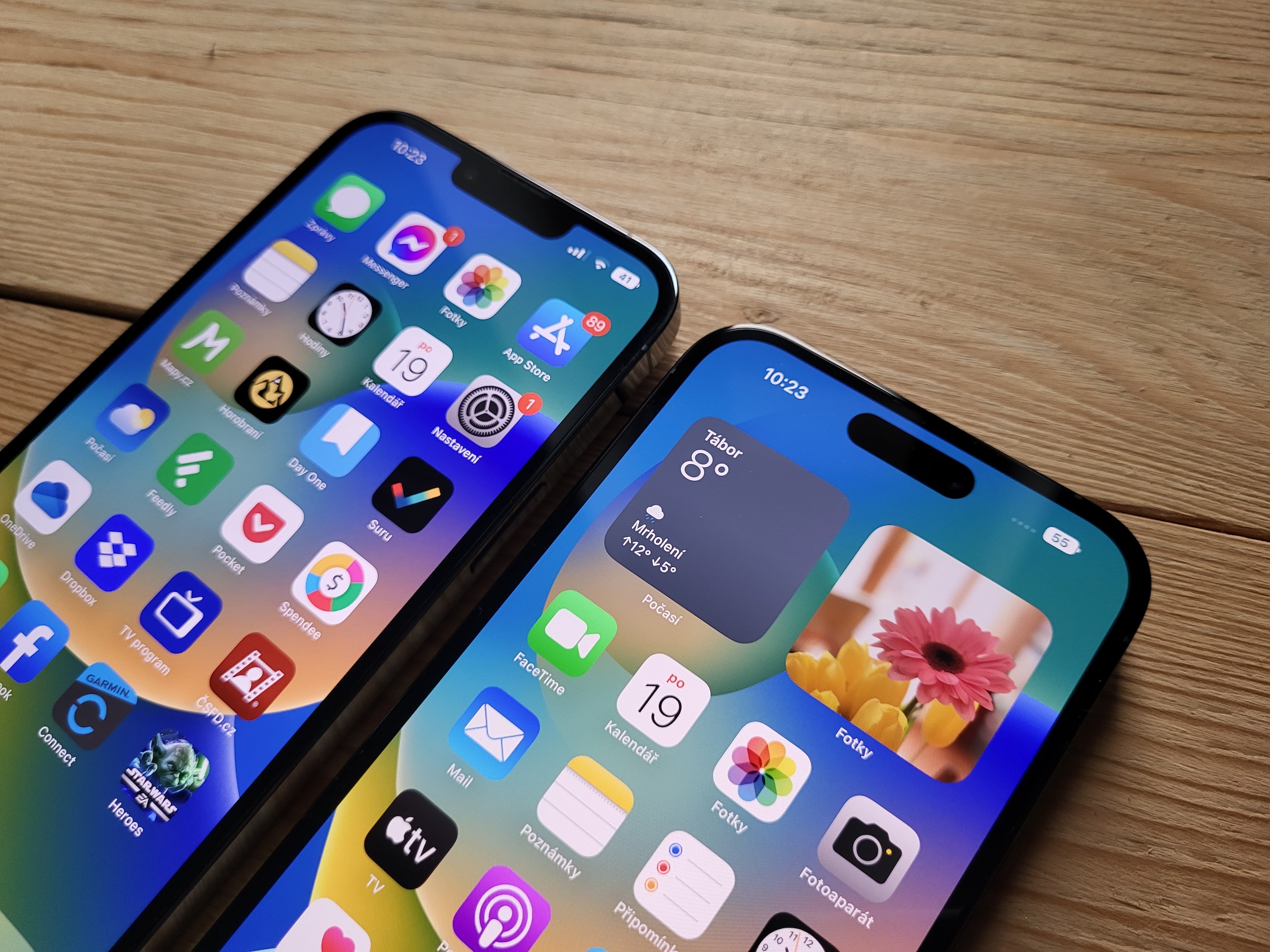
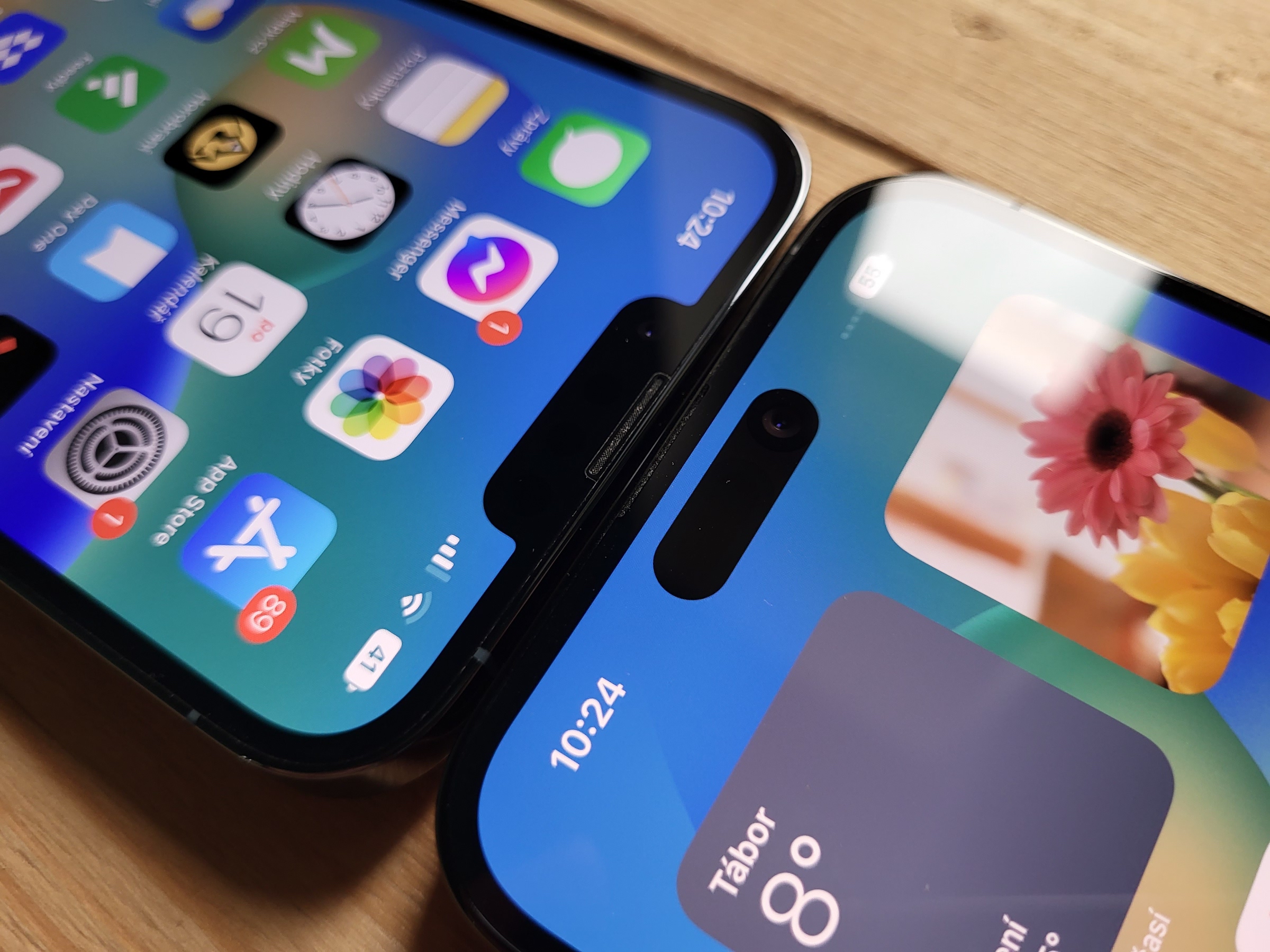

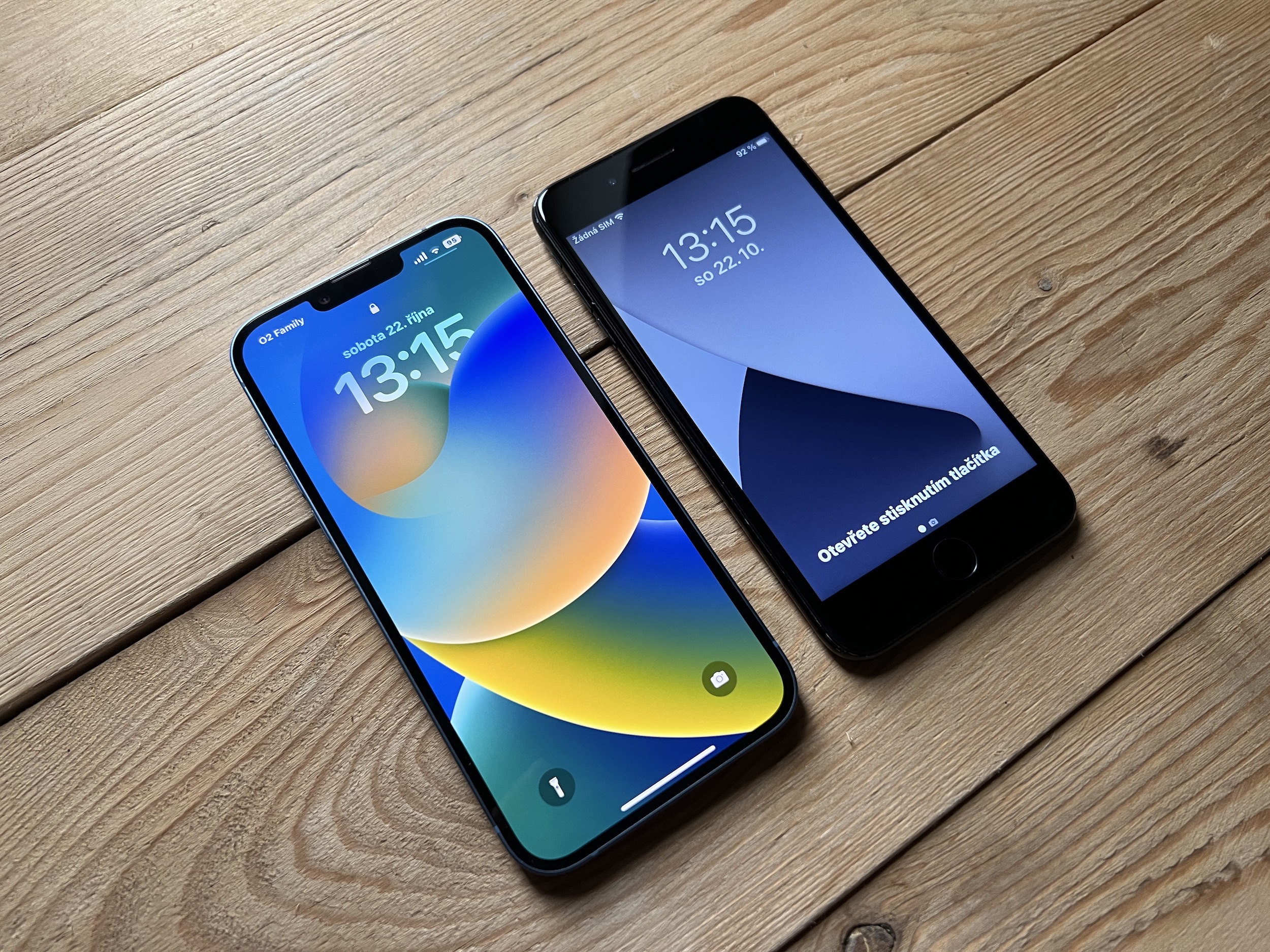

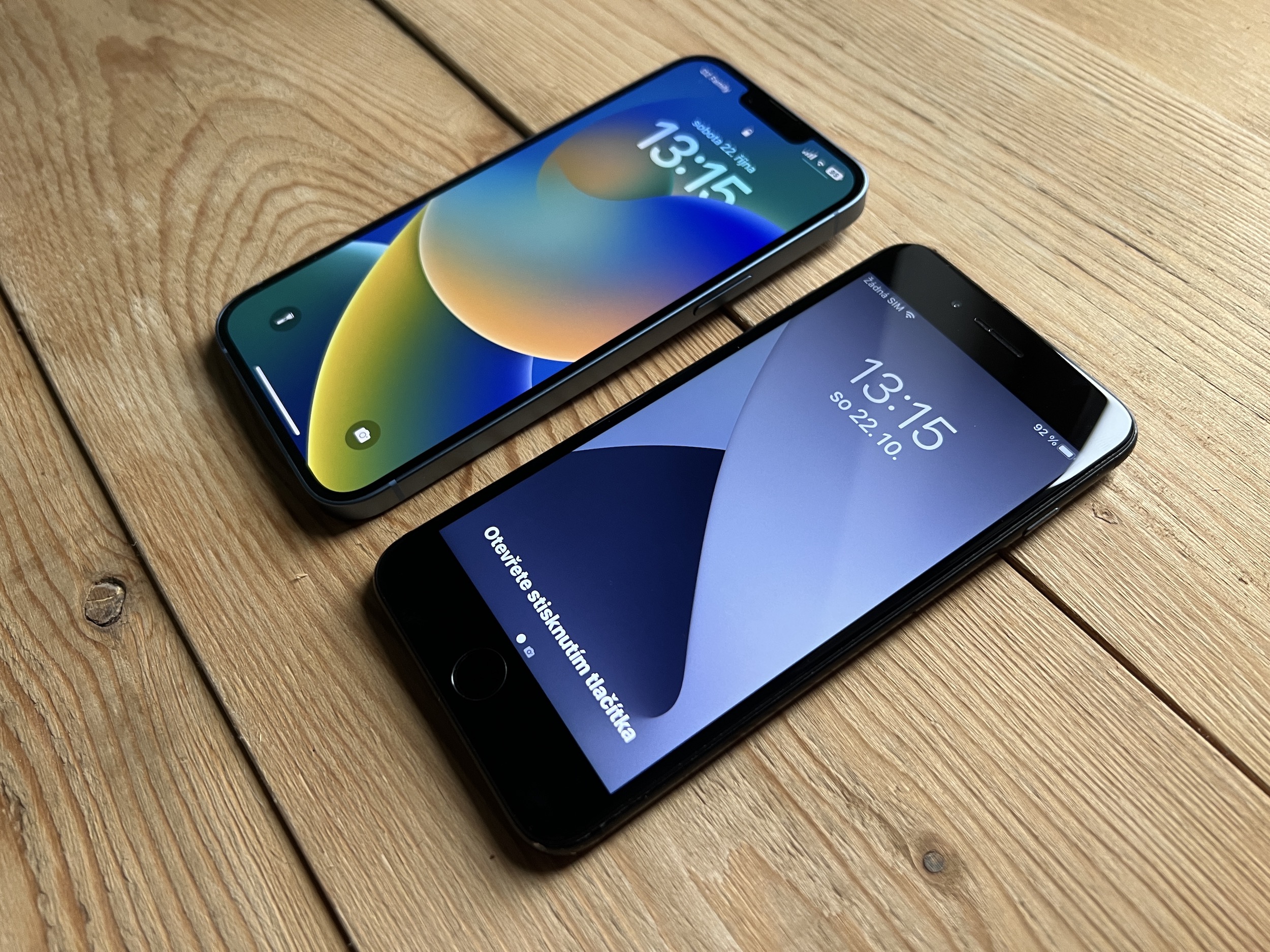

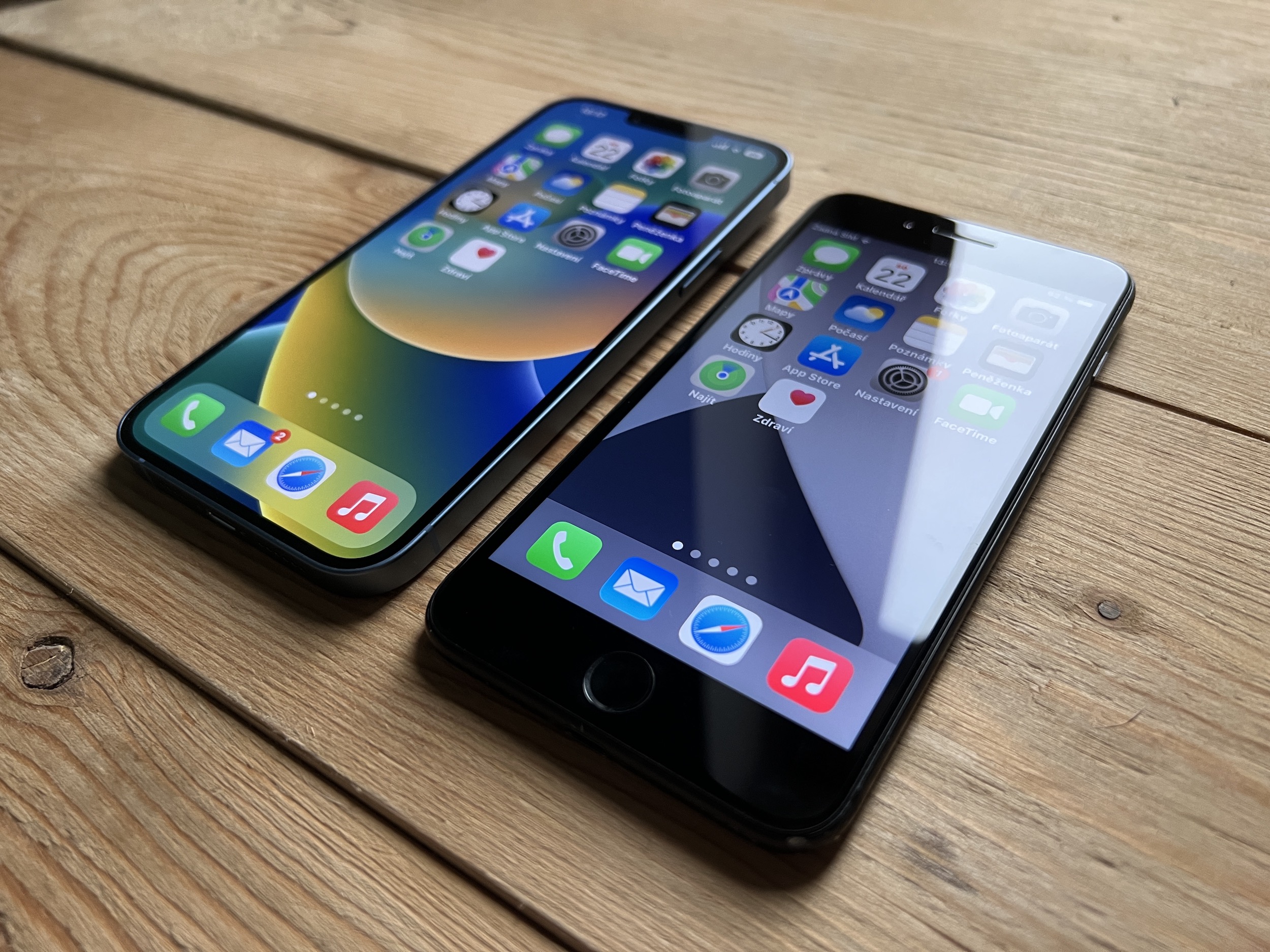
 Adam Kos
Adam Kos 


